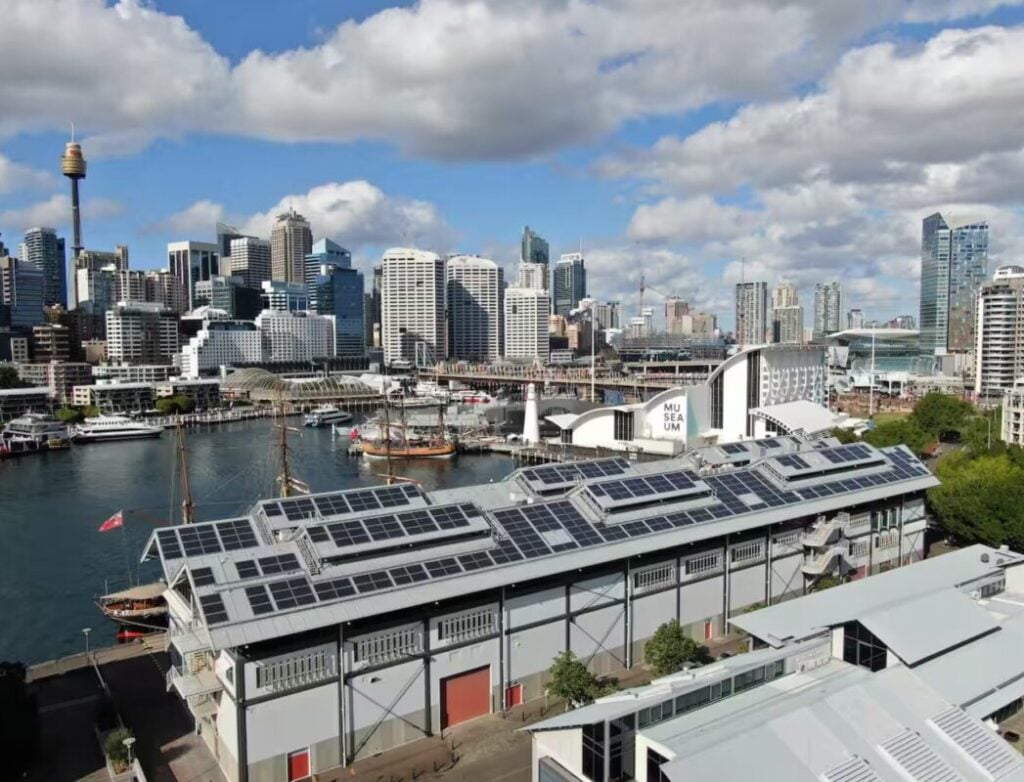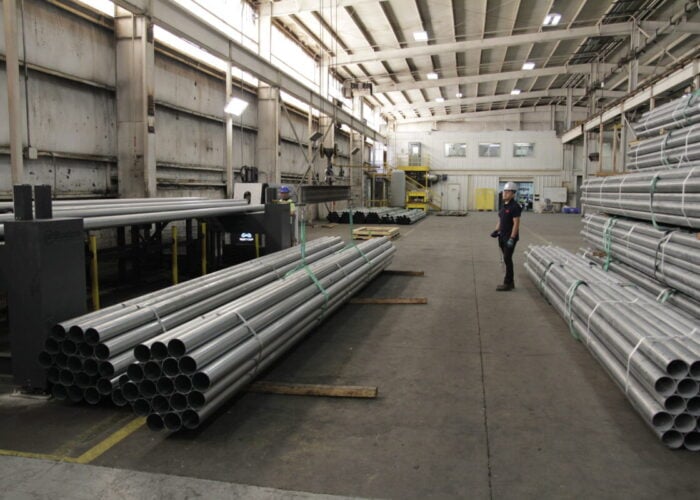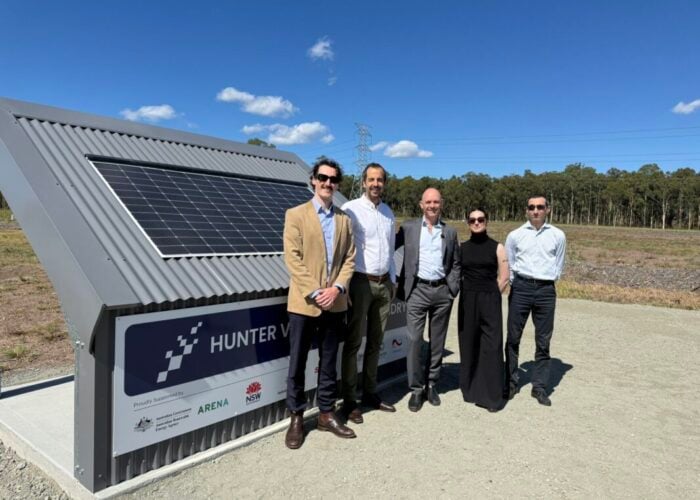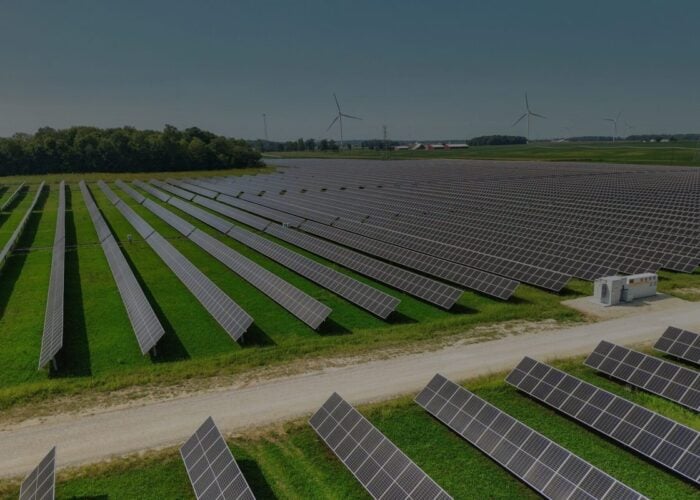
Australia’s New South Wales government has removed regulatory barriers that previously prevented owners of heritage-listed properties from installing rooftop solar systems and energy efficiency measures without obtaining formal approval from the Heritage Council of New South Wales.
The policy change affects approximately 1,810 sites on the State Heritage Register and aims to accelerate the adoption of renewable energy while preserving the historical value of buildings.
Try Premium for just $1
- Full premium access for the first month at only $1
- Converts to an annual rate after 30 days unless cancelled
- Cancel anytime during the trial period
Premium Benefits
- Expert industry analysis and interviews
- Digital access to PV Tech Power journal
- Exclusive event discounts
Or get the full Premium subscription right away
Or continue reading this article for free
Heritage minister Penny Sharpe announced the expanded exemptions under the Heritage Act, which now permit rooftop solar installations, battery energy storage systems (BESS), insulation and draught-proofing on state heritage-listed properties without requiring Heritage Council approval.
The reforms address longstanding tensions between heritage preservation requirements and climate action initiatives across the state.
The new exemptions include specific conditions designed to protect heritage values while enabling energy upgrades. Rooftop solar systems qualify for exemption if they remain under 10kW capacity and modules do not face street-fronting elevations.
Appropriately skilled professionals must perform all alterations, and installations cannot involve the removal of significant heritage fabric. However, new penetrations and fixings are permitted, provided they use existing openings and mortar joints where possible.
The policy change extends beyond solar installations to include maintenance works, fire suppression equipment, security systems, and accessibility improvements.
Property owners can now undertake these activities without the lengthy approval processes that previously deterred energy efficiency upgrades on heritage buildings.
New South Wales’ heritage exemption expansion aligns with the state’s broader renewable energy strategy, which includes a 16GW renewables target by 2030, established to support the transition away from coal-fired power generation.
The policy removes regulatory obstacles that have prevented heritage property owners from contributing to the growth of distributed solar capacity across the state.
The reforms address practical challenges identified in heritage building management, where owners faced significant costs and delays when seeking approval for energy efficiency measures. The Heritage Council approval process could extend project timelines by months while requiring detailed heritage impact assessments for relatively minor installations.
Minister Sharpe emphasised that heritage-listed buildings should not be treated exclusively as museum pieces, noting that sensible policy changes can protect heritage values while enabling necessary updates for energy efficiency and safety.
The exemptions maintain heritage protection standards while recognising the practical needs of property owners managing ageing building stock.
The policy change supports New South Wales’ commitment to renewable energy manufacturing and deployment, complementing initiatives such as the AU$28 million (US$18.29 million)investment in Western Sydney’s renewables manufacturing hub.
These coordinated efforts aim to establish New South Wales as a leader in renewable energy while addressing regulatory barriers across various property categories.
Heritage-listed properties represent a significant portion of New South Wales’ building stock, particularly in metropolitan areas where solar potential remains underutilised due to regulatory constraints.
The exemptions enable these properties to contribute to distributed generation capacity while maintaining architectural and historical integrity through carefully designed installation parameters.
The reforms also complement federal initiatives, including the mandated three-hour free solar electricity periods for households starting in 2026, which creates a supportive policy environment for residential solar adoption across different property types.






